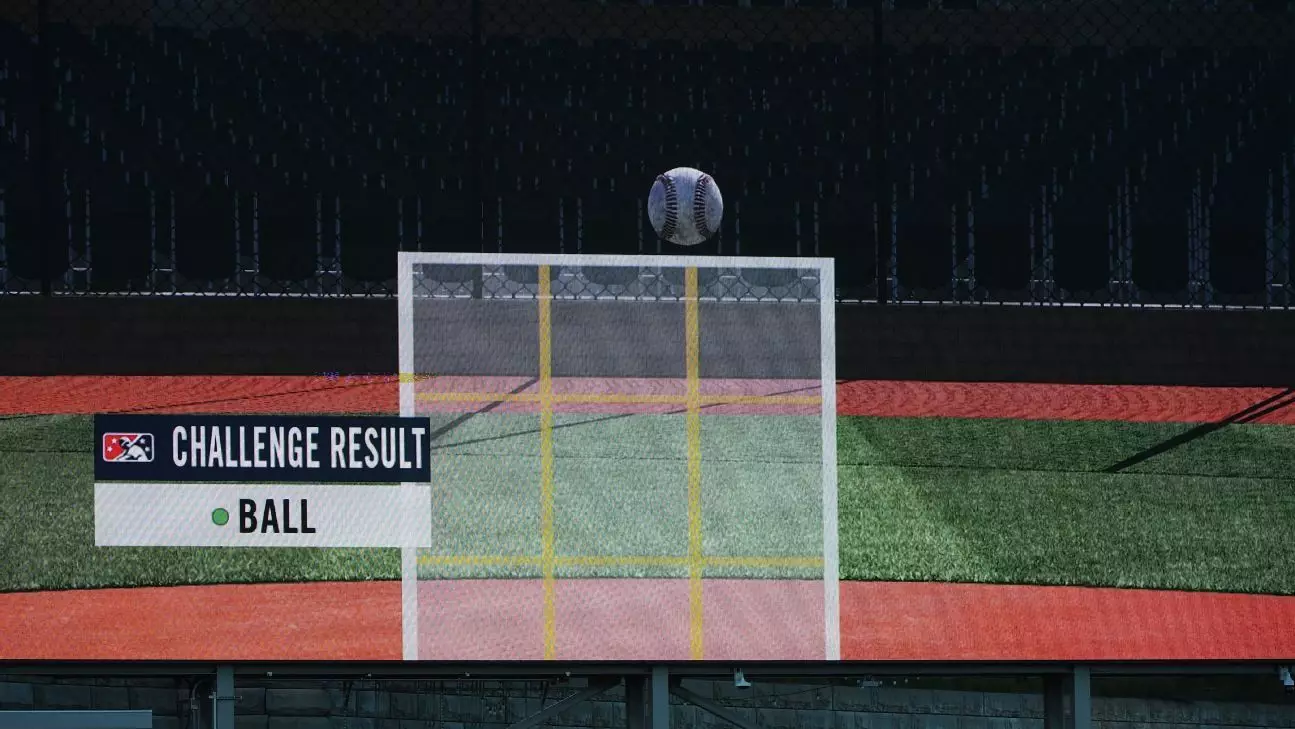The landscape of Major League Baseball (MLB) is about to see significant innovation with the introduction of the Automated Ball-Strike (ABS) Challenge System. While the full implementation is not expected until at least 2026, the league is actively testing this technology during the spring training season. With more than 60% of Cactus and Grapefruit League games utilizing this system, it marks a pivotal moment in a sport that has long been rooted in tradition yet is now leaning towards technological advancement for improved fairness and engagement.
For the current testing phase, each team participating in the spring training will have access to two challenges per game. The most distinctive aspect of the ABS Challenge System is that it empowers players—specifically the batter, catcher, or pitcher—to initiate a review immediately following an umpire’s decision by simply tapping their hat or helmet. This immediate response reflects a careful design to maintain the game’s flow, allowing a quick resolution without prolonged stoppages. The outcome of any challenge will be transparently communicated through scoreboards and broadcasts, ensuring that fans remain informed regarding the calls made on the field.
Interestingly, the system’s deployment in the five dual-team stadiums in Arizona, along with its counterpart venues in Florida, underscores the MLB’s commitment to thorough testing in real-game scenarios. Teams such as the Seattle Mariners and San Diego Padres will be among those leading the charge in this modernization effort. Preparing for a broad rollout requires the league to analyze a considerable amount of data regarding the efficiency and accuracy of the system before its proposed timeline for a full introduction.
The league’s move towards a challenge system instead of complete automation is insightful. After observing outcomes in minor leagues, officials recognized a distinct preference among both players and fans for retaining challenges as opposed to a fully automated system. The human element of the game is significant, not only for the integrity of play but also for preserving the nuance of baseball that seasoned fans cherish. Variables such as pitch framing by catchers—an art that some believe could be diminished under total automation—are likely to retain their importance with a challenge-based approach.
The current minor league experiments have shown a 50% overturn rate for challenges, and an average of 3.9 challenges per game indicates active engagement from players to question calls they believe to be incorrect. This level of interaction could add dramatic moments to games, amplifying the excitement and tension for both fans in the stands and those watching from home.
As baseball prepares for this evolutionary phase, the emphasis on data collection and analysis is paramount. Feedback from players, coaches, umpires, and statistical results during the spring will provide integral insights leading up to the decision-making process. The MLB’s competition committee is tasked with evaluating all gathered information—including in-game experiences in Triple-A baseball, where a challenge system is anticipated for the 2025 regular season. This cautious method of gradual implementation reflects wise governance in managing change for a sport that often resists rapid modifications.
Furthermore, the anticipation for games showcasing the challenge system is building, with fans eager for the Dodgers-Cubs match at Camelback Ranch serving as a launching point for this innovative approach. The outcome of this engagement will not only inform the future of the ABS challenge system but also shape the broader dialogue about technology’s role in the realm of professional sports.
Major League Baseball stands at a crossroads where tradition meets technology. Adopting the Automated Ball-Strike Challenge System signifies a readiness to adapt while honoring the game’s historic roots. It embodies the delicate balance of innovation and respect for the sport, presenting an opportunity for fans and players alike to engage more actively in the game’s outcomes. As the MLB steers through this transformative phase, the implications of these changes could very well redefine the essence of baseball in the years to come.


Leave a Reply